Sciatica
- Home >>
- Sciatica
Sciatica Symptoms, Causes, Diagnosis, and Treatments
Sciatica generally refers to the radiating pain from irritation of the sciatic nerve. Sciatica term is many times used to describe radiating leg pain, tingling, numbness, or weakness caused by inflammation or compression of a spinal nerve in the lower back. The sciatic nerve is the longest nerve in the human body, extending from the lower back down the back of each leg. Sciatica pain typically originates in the lower back, through the buttocks, and down the legs, ending just below the knee.
Sciatica is not a condition, but rather a symptom of another problem involving the sciatic nerve.
Conditions
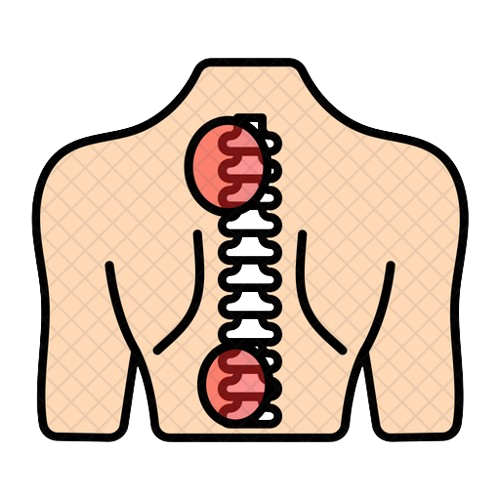
Slipped Disc
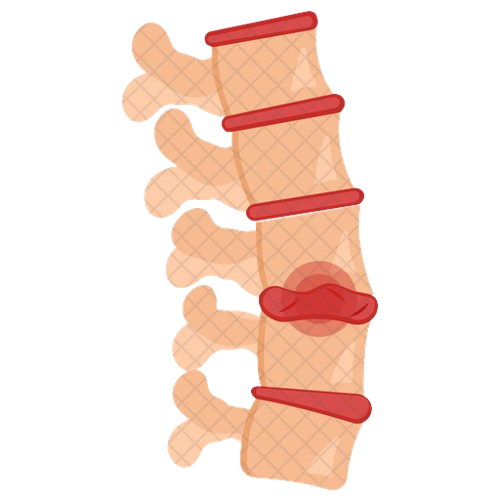
Degenerative Disk Disease
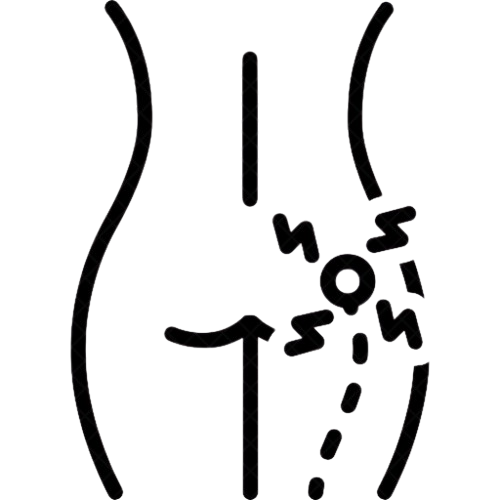
Sciatica

Slipped Disc
Symptoms
The symptoms of sciatica can vary in intensity and presentation, but they are typically characterized by pain that radiates along the path of the sciatic nerve.
The most common symptom is shooting pain anywhere from the lower back, through the buttock, and down the back of either leg.
Other common symptoms of sciatica include:
- Pain that usually affects only one leg
- Numbness in the leg along the nerve
- Tingling sensation (pins and needles) in the feet and toes
- In some cases, individuals with sciatica may also experience lower back pain, although the leg pain is often more prominent.
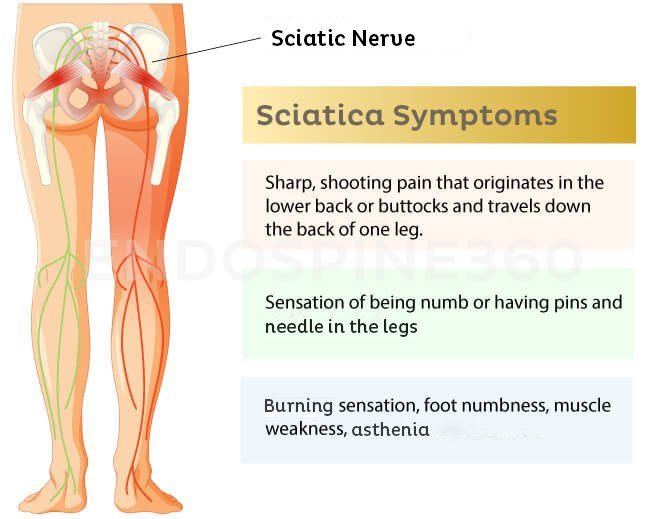
Causes
Sciatica can be a common symptom of several different medical conditions; however, in majority of the cases, it is due to a or commonly said .
Other causes of sciatica include:
- Lumbar spinal stenosis – narrowing of the spinal canal in the lower back.
- Spondylolisthesis – a condition where a vertebra slips forward over the vertebra below it.
- Piriformis Syndrome – The piriformis muscle, located in the buttocks, can sometimes irritate or compress the sciatic nerve, resulting in sciatica symptoms.
- Cauda equina syndrome – a rare but serious condition that affects the nerves in the lower part of the spinal cord
- Tumors within the spine – It is rare but tumors can compress the root of the sciatic nerve.
- Infection – ultimately affecting the spine.
- Other causes – for instance, injury to the spine.
Diagnosis
Diagnosing sciatica involves a comprehensive evaluation by a Spine Surgeon, sciatica specialist or an expert spine doctor for sciatica. The process of diagnosing sciatica usually involves:
Medical History
A complete medical history always helps speed up the diagnosis. Your doctor or sciatica consultant will start by taking a detailed medical history, including information about your symptoms when they started, and any relevant medical conditions or previous injuries.
Physical Examination
A thorough physical examination is conducted to assess the patient’s range of motion, muscle strength, reflexes, and any areas of tenderness or discomfort. Sensory examination, nerve tension test, and gait assessments are performed if needed.
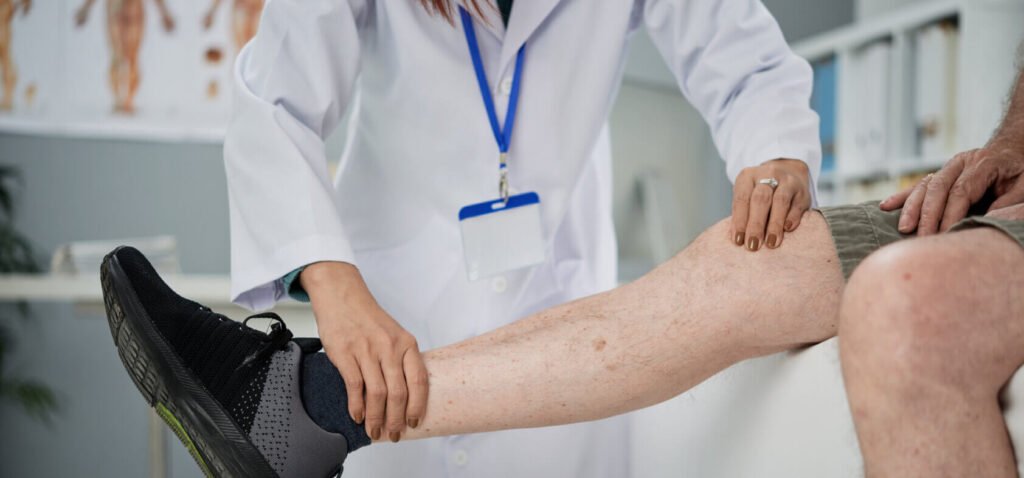
In the majority of the cases of Sciatica, your medical history and physical examinations are all that’s needed but if your sciatica consultant wants to check further on which disc is causing the compression or any other detailed information is needed then the further tests are required.
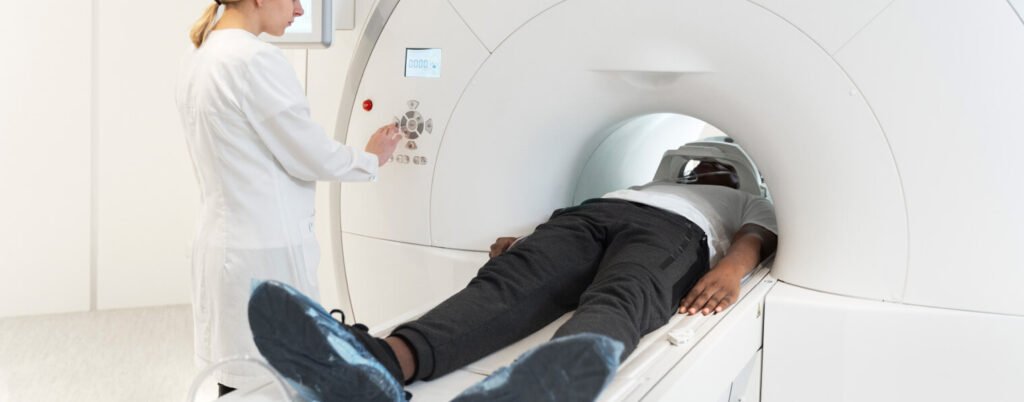
To identify the problem, imaging tests, such as X-rays, MRI , or CT scans, may be conducted to visualize the spine structures and identify any abnormalities, such as herniated discs or spinal stenosis.
Electrodiagnostic Tests
In some cases, nerve conduction studies (NCS) and electromyography (EMG) may be conducted to assess nerve function and identify any nerve-related issues.
Treatment
At EndoSpine360, we understand that each individual’s experience with sciatica is unique, and our treatment approach is also based on that.
If you suspect you have sciatica symptoms, it’s essential to get timely advice from an experienced sciatica doctor for a proper diagnosis and treatment plan. Here’s how you can start:
Non Surgical Treatment Options for Sciatica
Initial treatment for sciatica is usually nonsurgical which may include:
- Pain Medications: Over-the-counter pain relieving medicines and muscle relaxants are prescribed.
- Physical Therapy: A customized physical therapy plan is suggested for muscle strengthening & pain relief.
- Epidural Steroid Injections into the affected area can help reduce inflammation and provide relief from sciatica pain.
- Applying hot or cold packs to the affected area can help reduce inflammation and provide temporary pain relief.
- Lifestyle Changes to maintaining a healthy weight, practicing good posture, and regular exercises can help in sciatica.
- TENS (Transcutaneous Electrical Nerve Stimulation) is a therapy that involves the use of a small device that sends electrical impulses to the affected area, helping to reduce pain and promote relaxation.
- Ointments containing anti-inflammatory ingredients can be applied to the affected area to provide localized relief.
Surgical Treatment for Sciatica
Surgery for Sciatica is recommended only after a period of time when nonsurgical treatments have not relieved painful symptoms, or when there is an underlying structural issue that requires intervention. The following are surgical options for Sciatica:
- Transforaminal Endoscopic Lumbar Discectomy
- Interlaminar Endoscopic Lumbar Discectomy
- MicroLumbar Discectomy
- Laminectomy
- Spinal fusion
- Disc replacement
